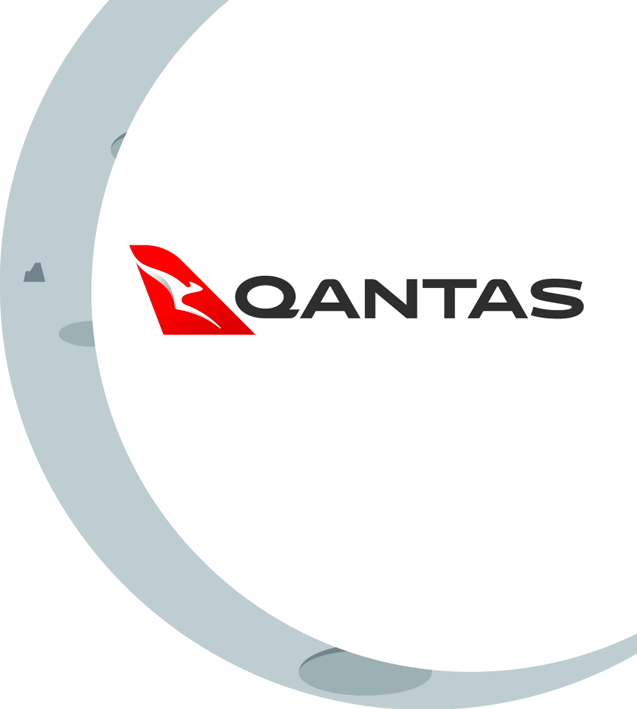- Services
Product Management
Product Development
Product Capability
- Client Stories
- Insights
- About
- Contact Us
Product Management
Product Development
Product Capability
Qantas Integrated Operations
Empowering frontline Qantas workers through technology that increases their productivity and engagement, and enables them to provide better customer service.
Terem designed and developed the Qantas Airlines Integrated Operations (IO) application; a mobile-responsive web application that provides an up-to-date dashboard of Qantas flight information.

Qantas frontline and operational staff were utilising many different pieces of information and technology to prepare for takeoff and to communicate across local and international airports. The challenge was to bring all of the data and information into a single application, integrating multiple operational departments, to give every staff member the information and access they needed and allowing the speed up of ground operations. Key challenges were:
Integrating many manual processes and disparate data pieces into one application.
Wanting to provide visibility across terminals and airports, including displaying team members on duty and ownership of pre-departure tasks.
Considering user access management with different users needing to access different levels of data.
Multiple stakeholders with different use cases.
Terem worked closely with the different stakeholders to define and understand their needs and test with them throughout the following phases:
Product Discovery — Terem conducted user research and user testing, spending time with frontline workers and operations management to discover their challenges and needs.
Proof of Concept (POC) — Terem built a POC digital product based on the discovery work and tested this with users to gain feedback and prioritise further work.
Minimum Viable Product (MVP) delivery — Using feedback gained from testing the POC with stakeholders and users, Terem was able to respond to real user requirements and changing business needs by iterating on functionality and infrastructure to begin scaling the product.
Terem assembled a small, fast-moving team that discovered, defined and developed quickly and iteratively. Complex and raw ideas were elicited from stakeholders, analysed, refined, and transformed into a well-designed product, tailored to specific user and stakeholder needs.
Qantas Investor Day
Terem delivered an MVP mobile and tablet responsive web app that went into live testing at an Australia-based international airport. After successful testing resulted in increasing business efficiencies and user workflow, Qantas showcased the MVP version at their investor day presentation to shareholders. After live testing, the application went through another iteration and Version 1.0 was delivered with:
UI updates, a visualisation of international and domestic airports, checks and alerts on airline engineering risks, as well as check-in, boarding, and special requirements information.
Provided an up-to-date dashboard of Qantas flight information for any airport or terminal, along with allowing frontline and operations staff to communicate directly with each other in real-time.
Integrations for retrieving fuel data, authentication/authorization, event scheduling, rostering information, connecting flights, and passenger information.
Using component-based design heavily increased velocity in the front-end development.
GraphQL data layer was built using AWS AppSync allowing for easy data access with support for update subscriptions.
Pulled together multiple disparate data sources ranging from streaming SNS topics to REST API’s to emails.
React front-end that supports real-time updates to flight information, showing a dashboard view of a flight with scheduling, incident management, and passenger data.
